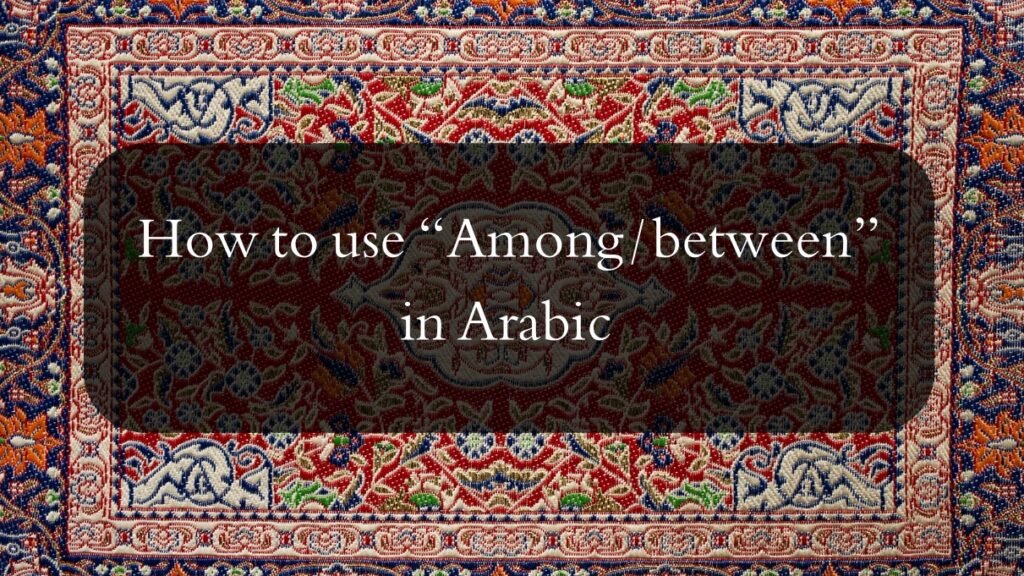
Difference Between “Amount” and “Number”
The words “amount” and “number” are often used interchangeably, but there is an important distinction between them.
• “Amount” is used with uncountable nouns (mass nouns).
• “Number” is used with countable nouns.
This distinction is similarly reflected in Arabic:
• عَدَد (ʿadad) is used for “number.”
• كَمِّيَّة (kammiyyah) is used for “amount.”
Examples:
1. “The number of cars on the road has increased dramatically over the past ten years.”
إِزْدَادَ عَدَدُ السَّيَّارَاتِ كَثِيرًا فِي السَّنَوَاتِ الْعَشْرِ الْأَخِيرَةِ.
• Note: “عدد” is used because “cars” (السَّيَّارَات) are countable.
2. “People in the UK consume five times the amount of tea, milk, and sugar used in the rest of the European Union.”
يَسْتَهْلِكُ النَّاسُ فِي بَرِيطَانِيَا خَمْسَةَ أَضْعَافِ كَمِّيَّةِ الشَّايِ وَالْحَلِيبِ وَالسُّكَّرِ الَّتِي يَسْتَهْلِكُهَا النَّاسُ فِي بَقِيَّةِ الْإِتِّحَادِ الْأُورُبِّيِّ.
• Note: “كمية” is used because tea (الشَّاي), milk (الْحَلِيب), and sugar (السُّكَّر) are uncountable.
Additional Notes:
• In English and Arabic, it’s important to recognize the nature of the noun (countable vs. uncountable) to use the correct term.
• Countable examples: cars, apples, books.
• Uncountable examples: tea, milk, sugar.
• In Arabic grammar, the word must agree with the nature of the noun to maintain clarity.
